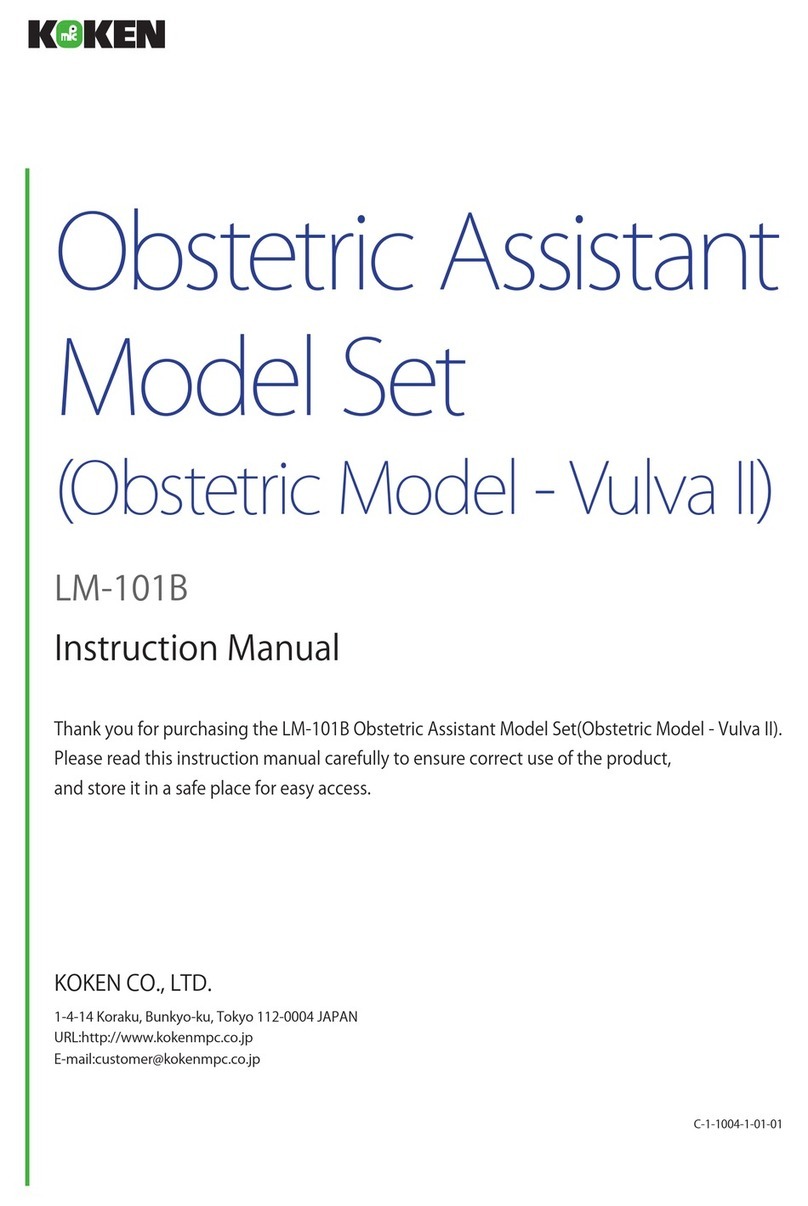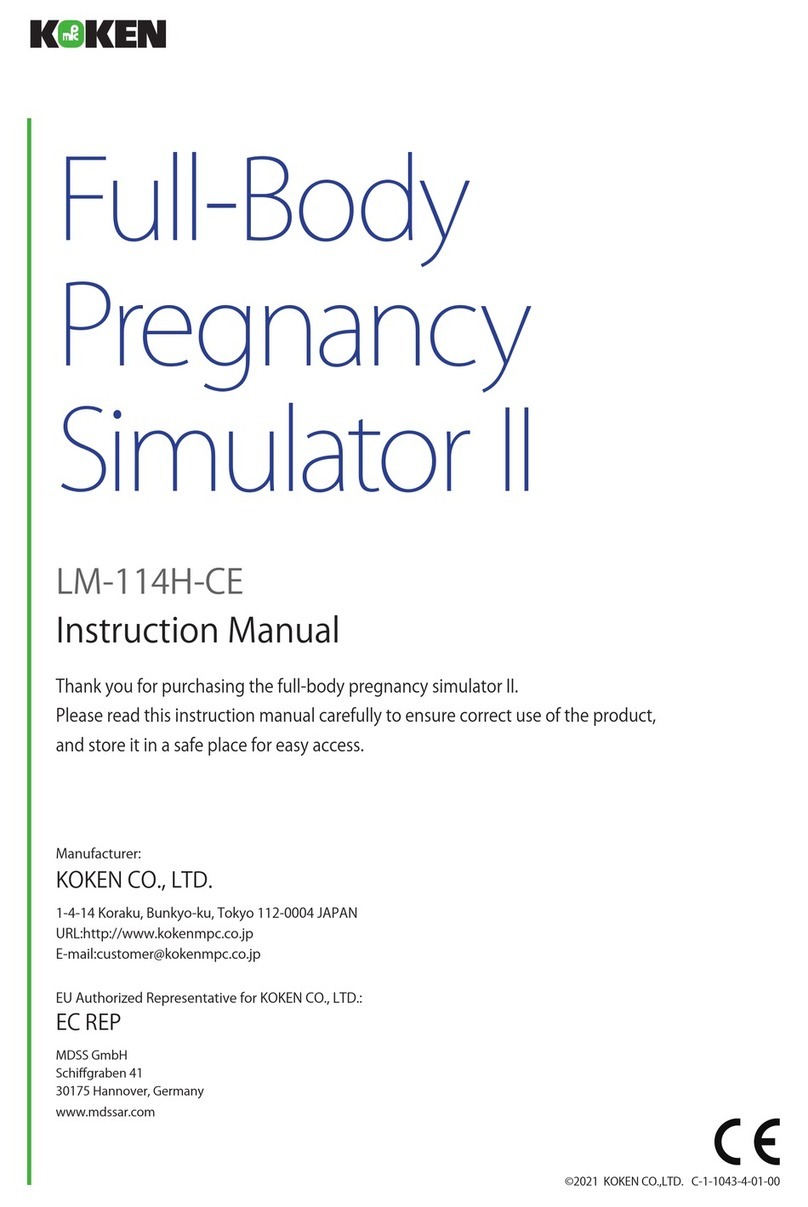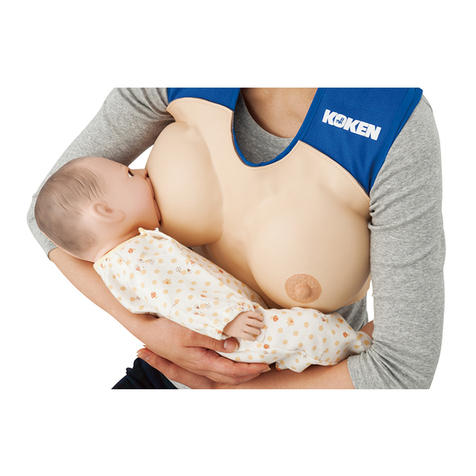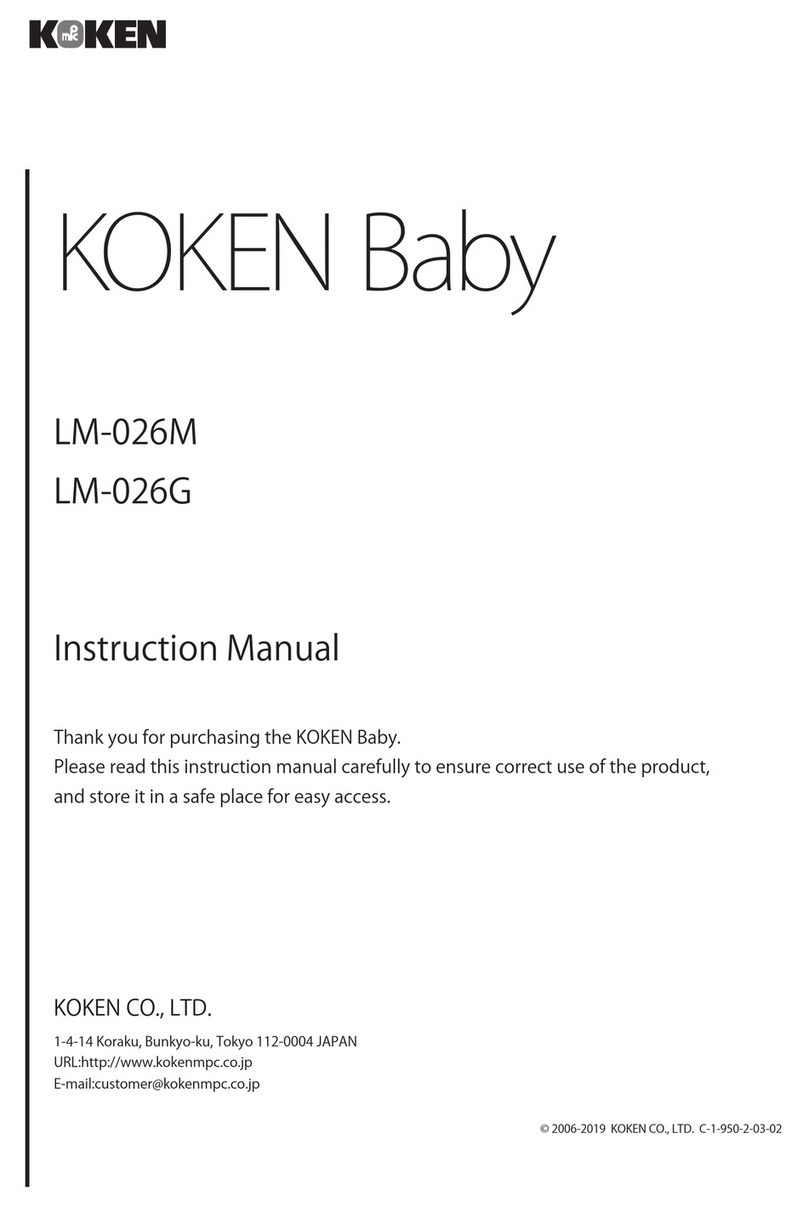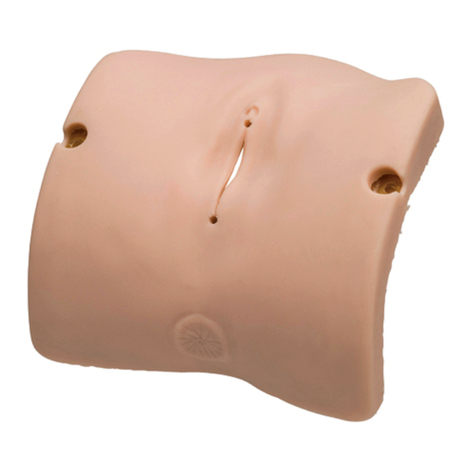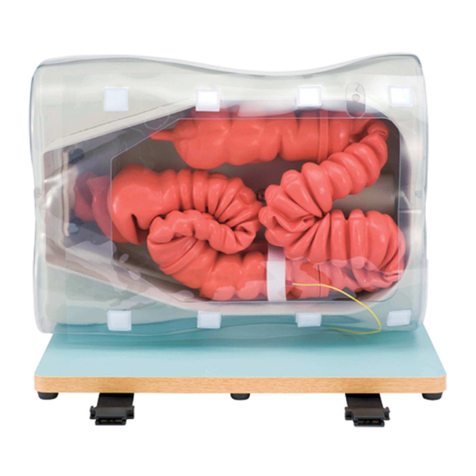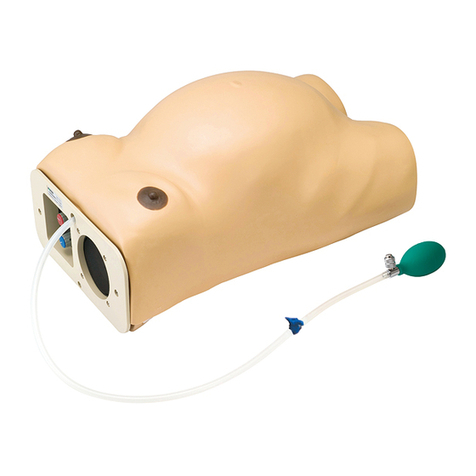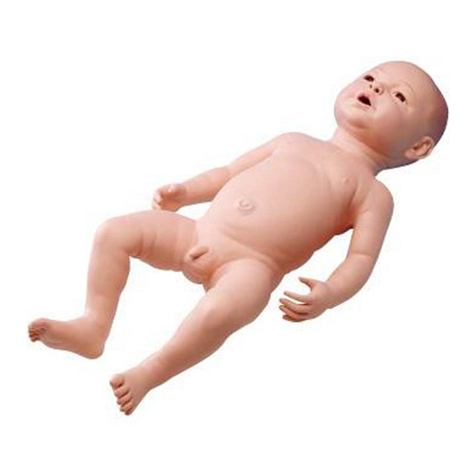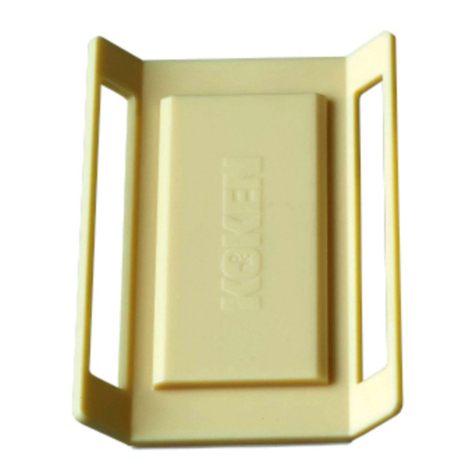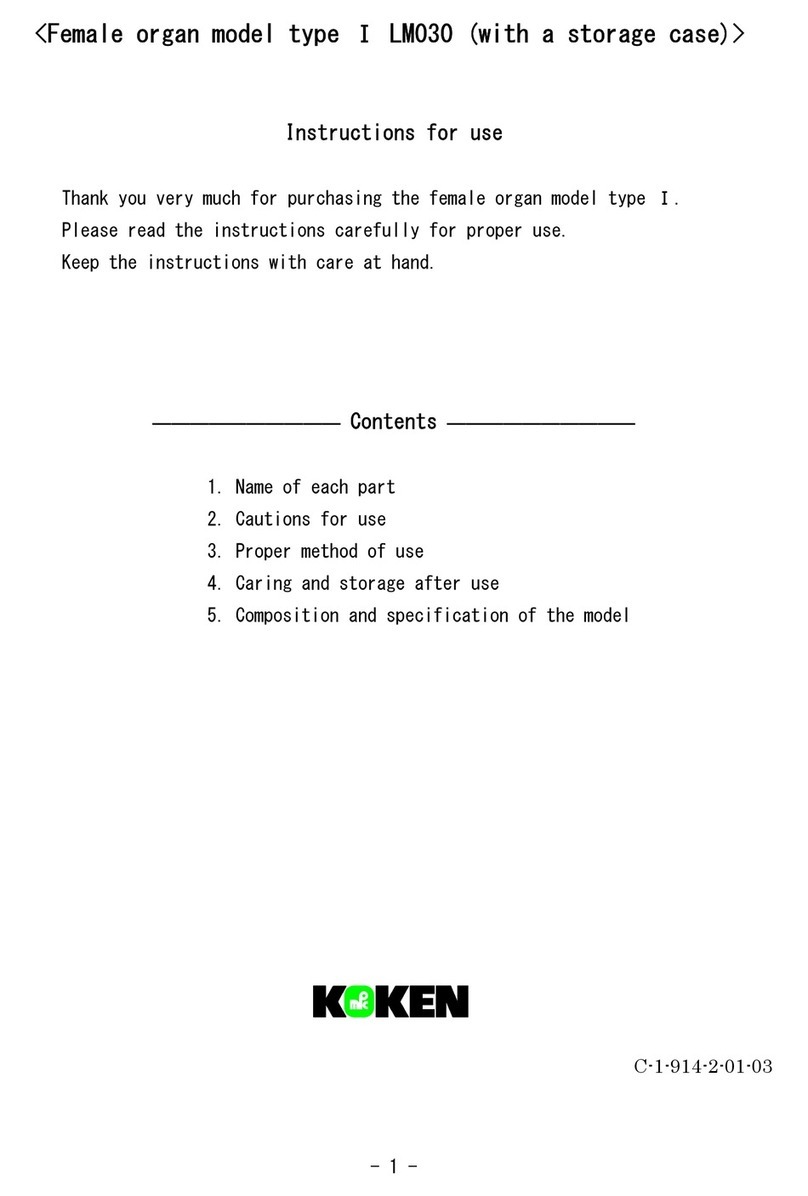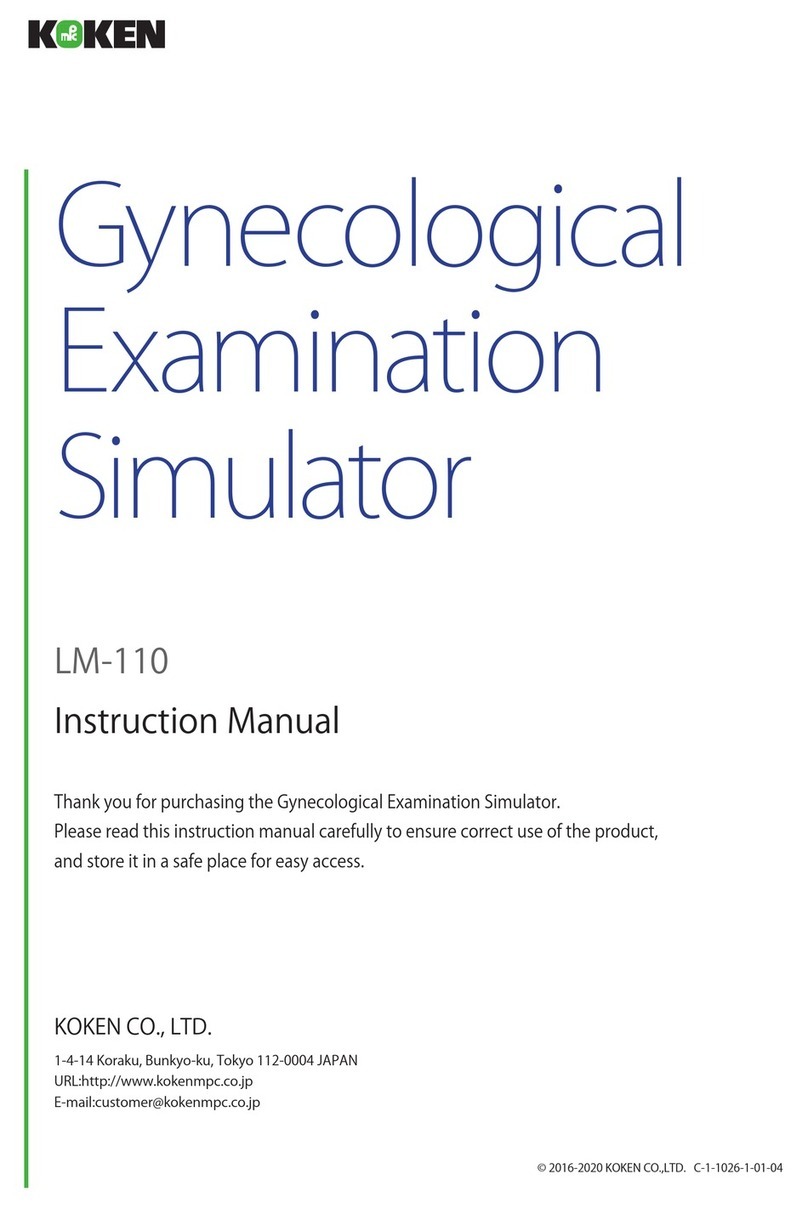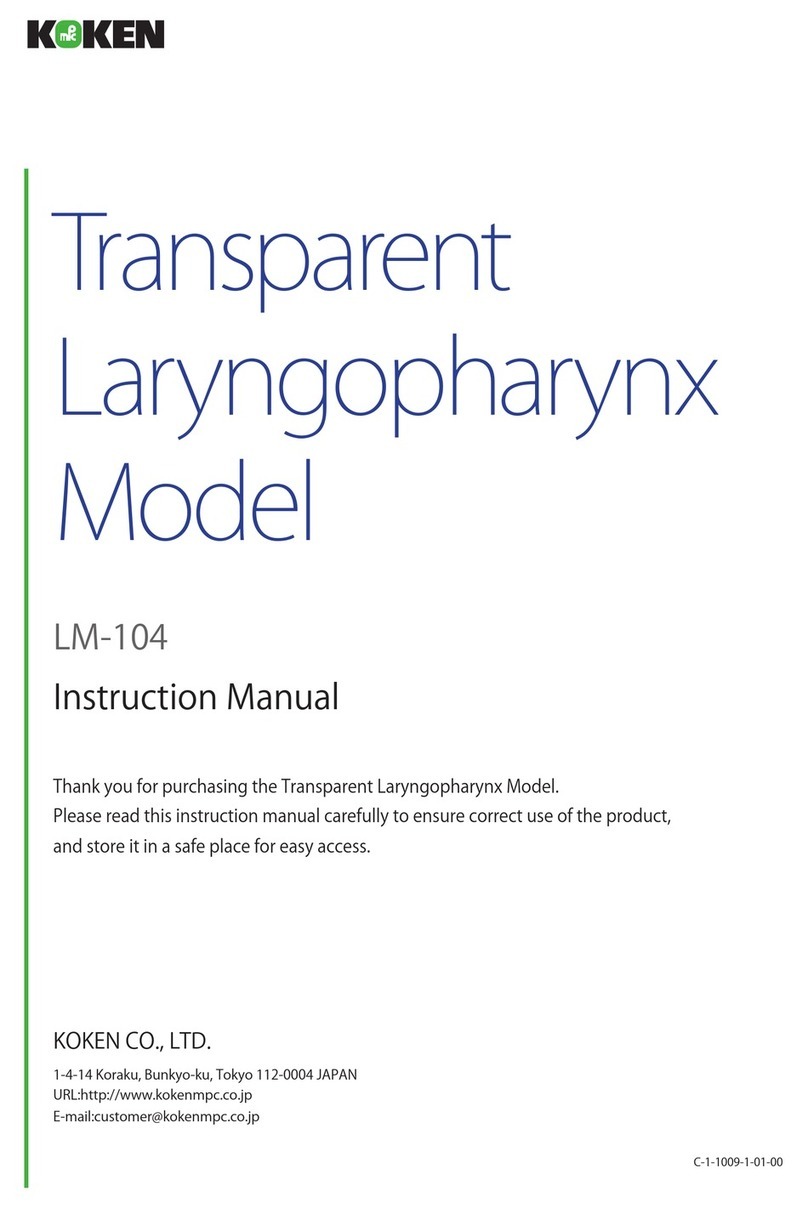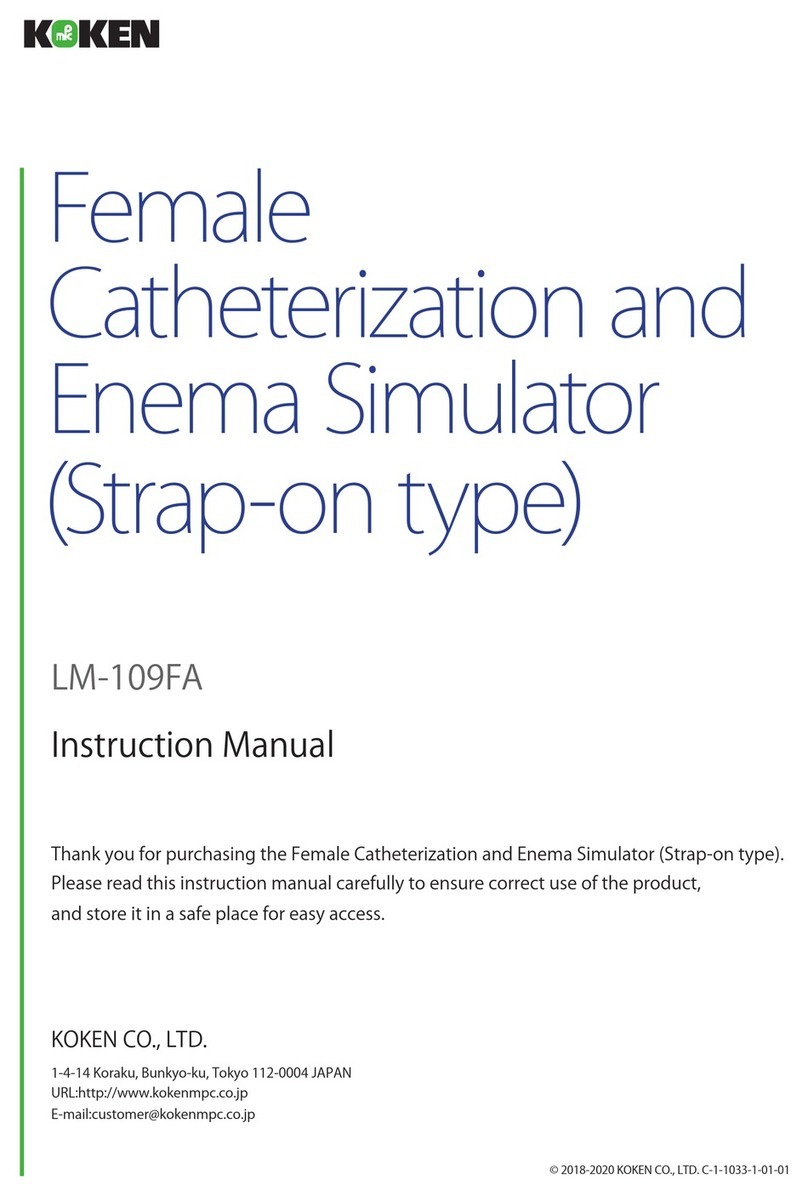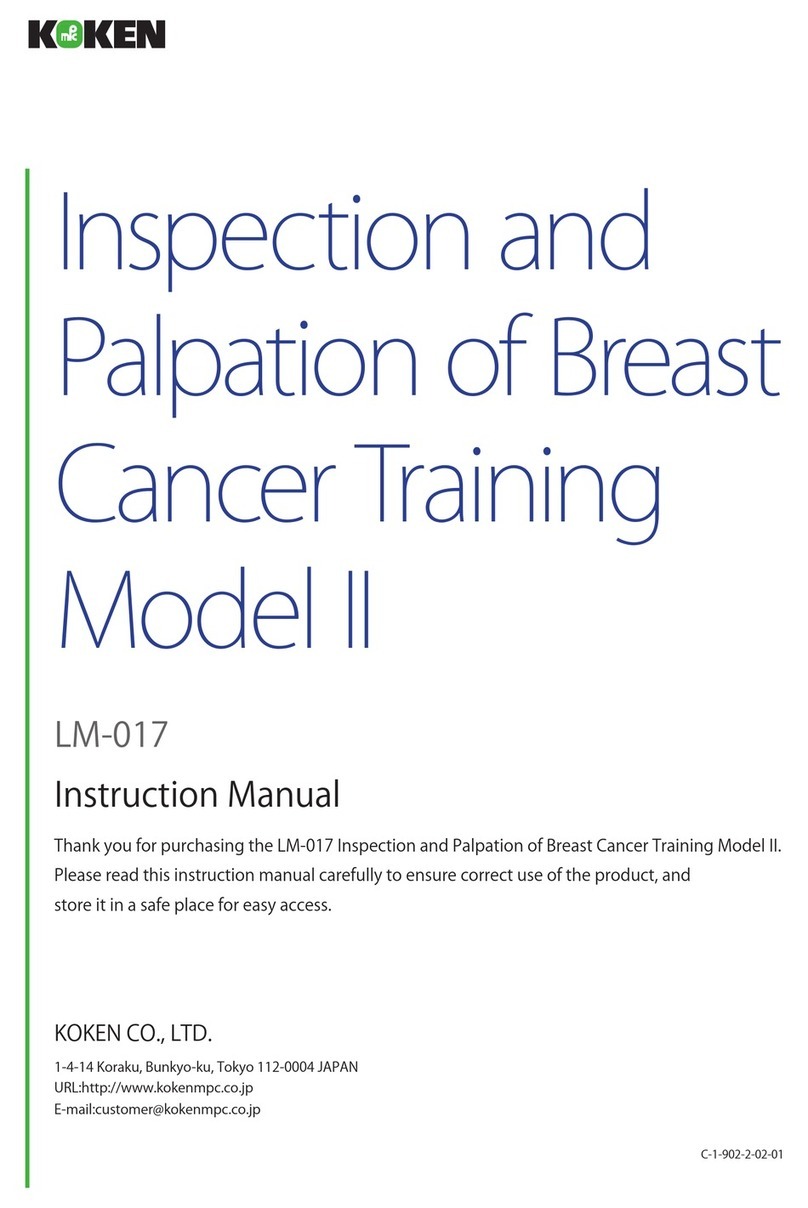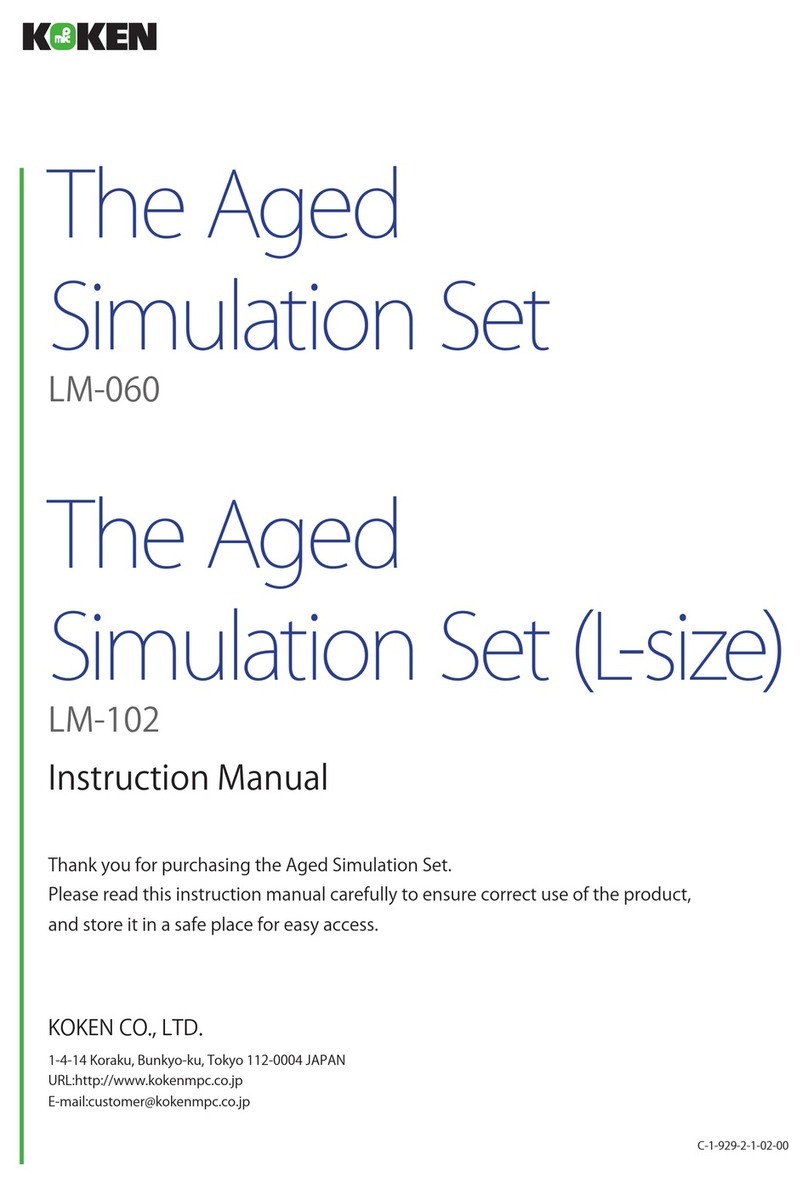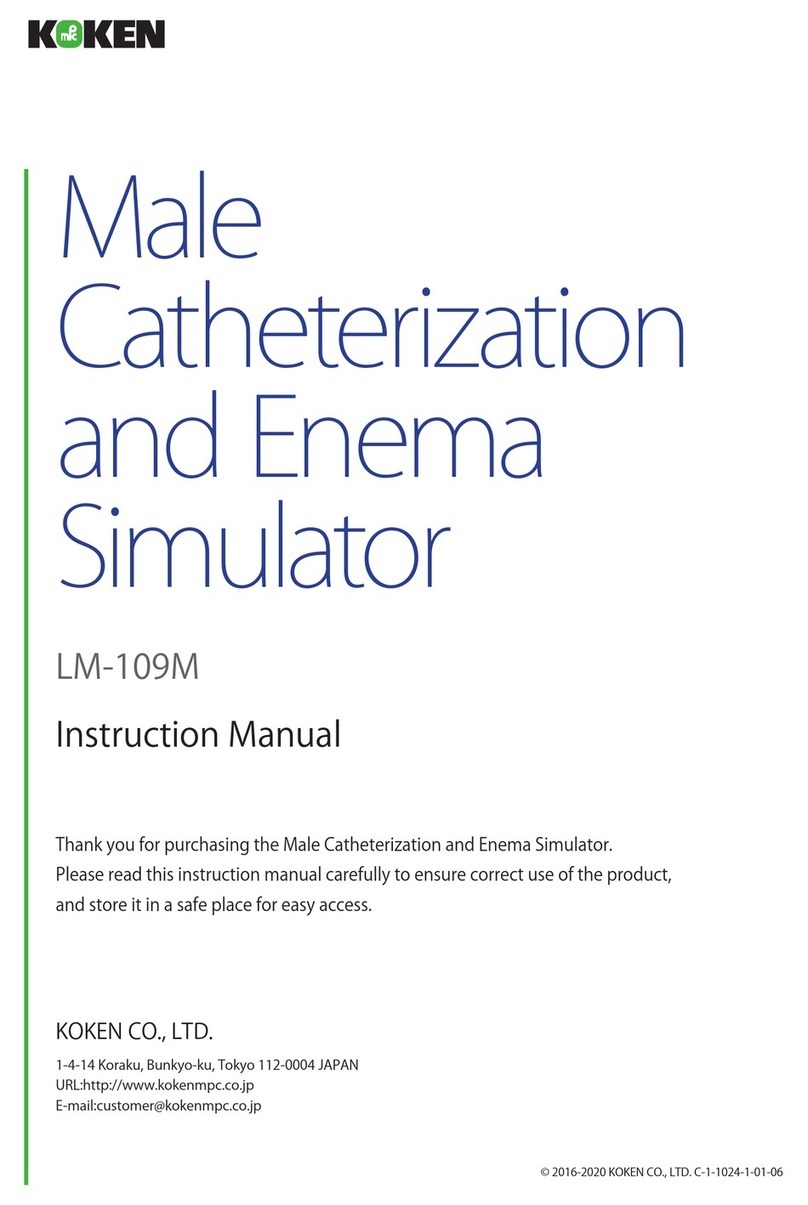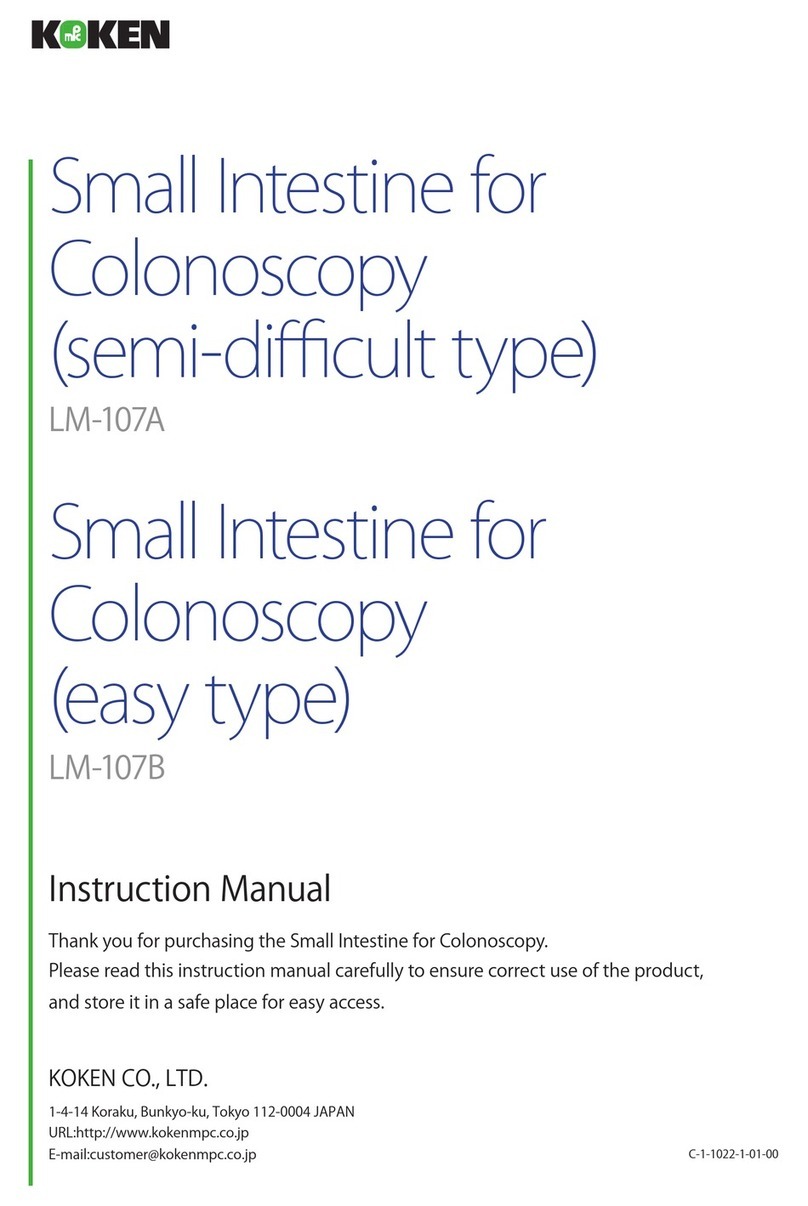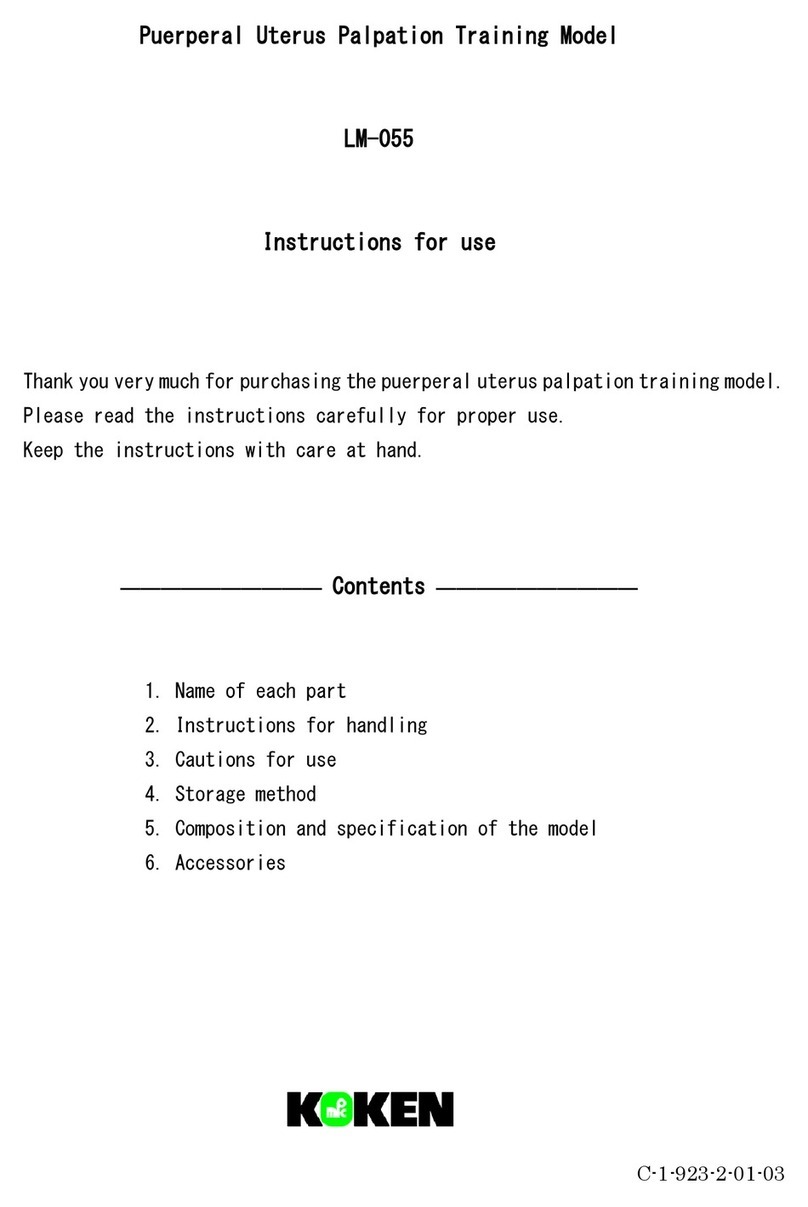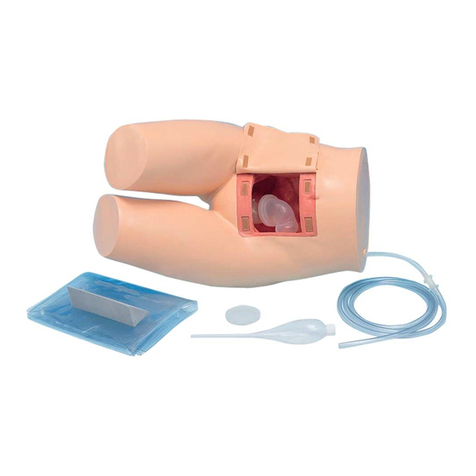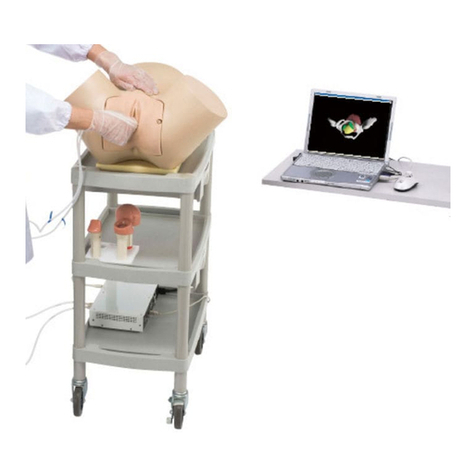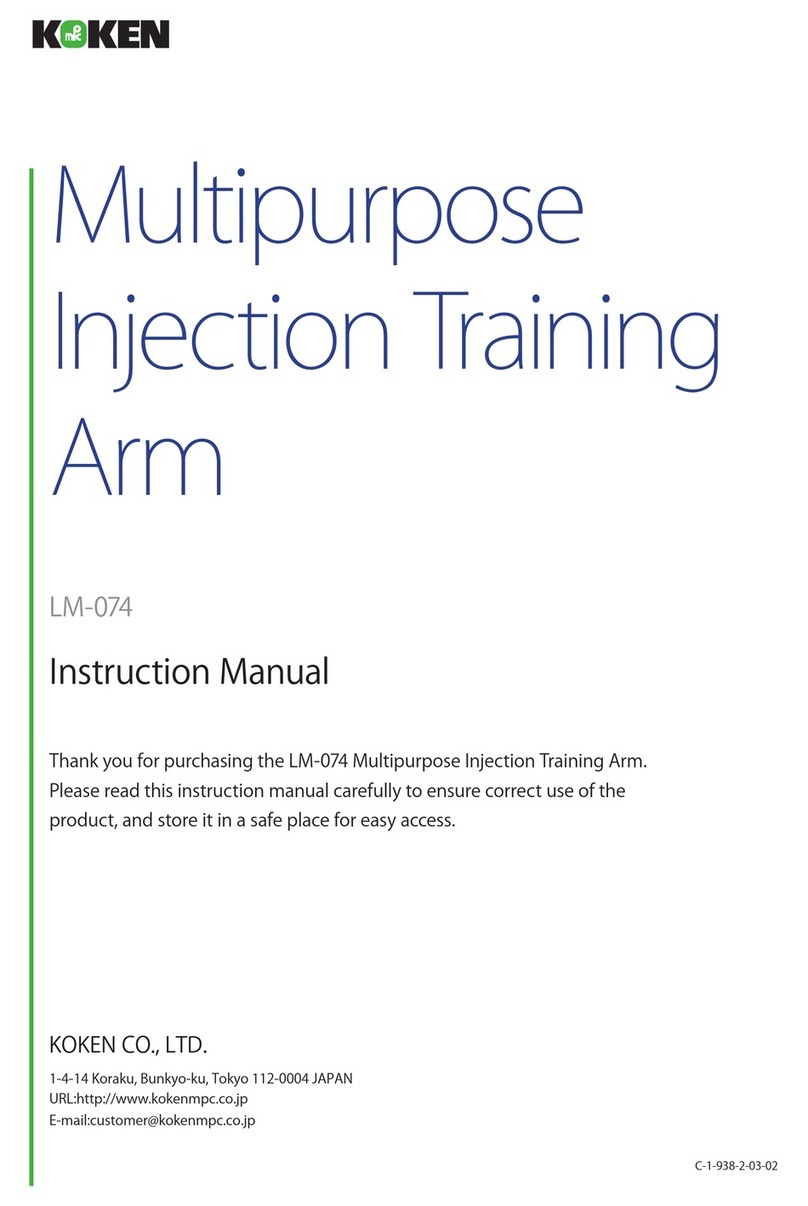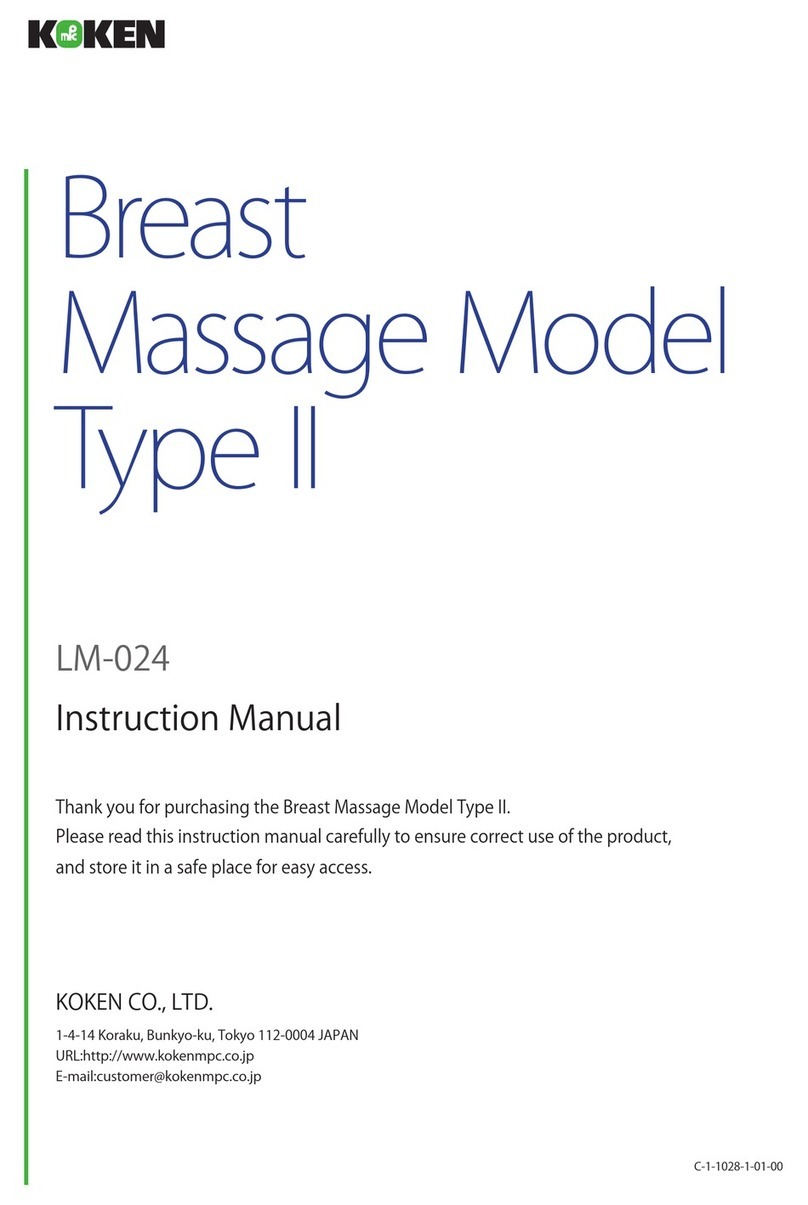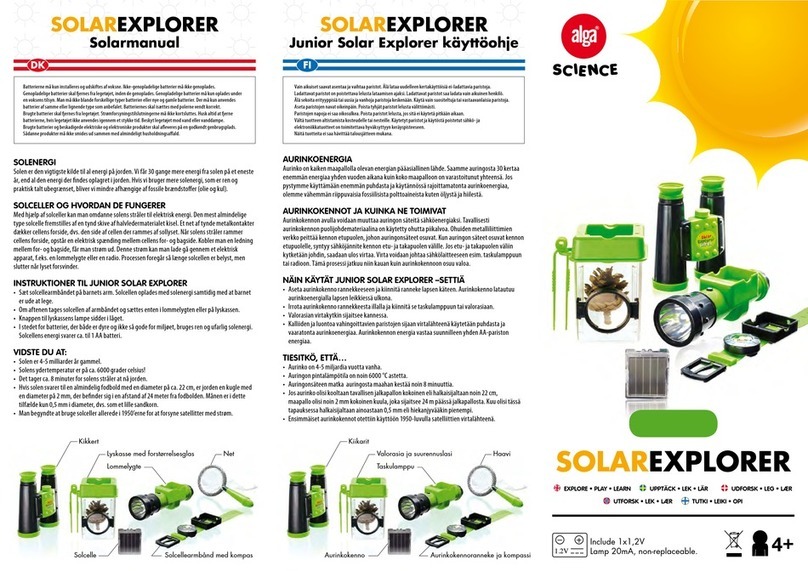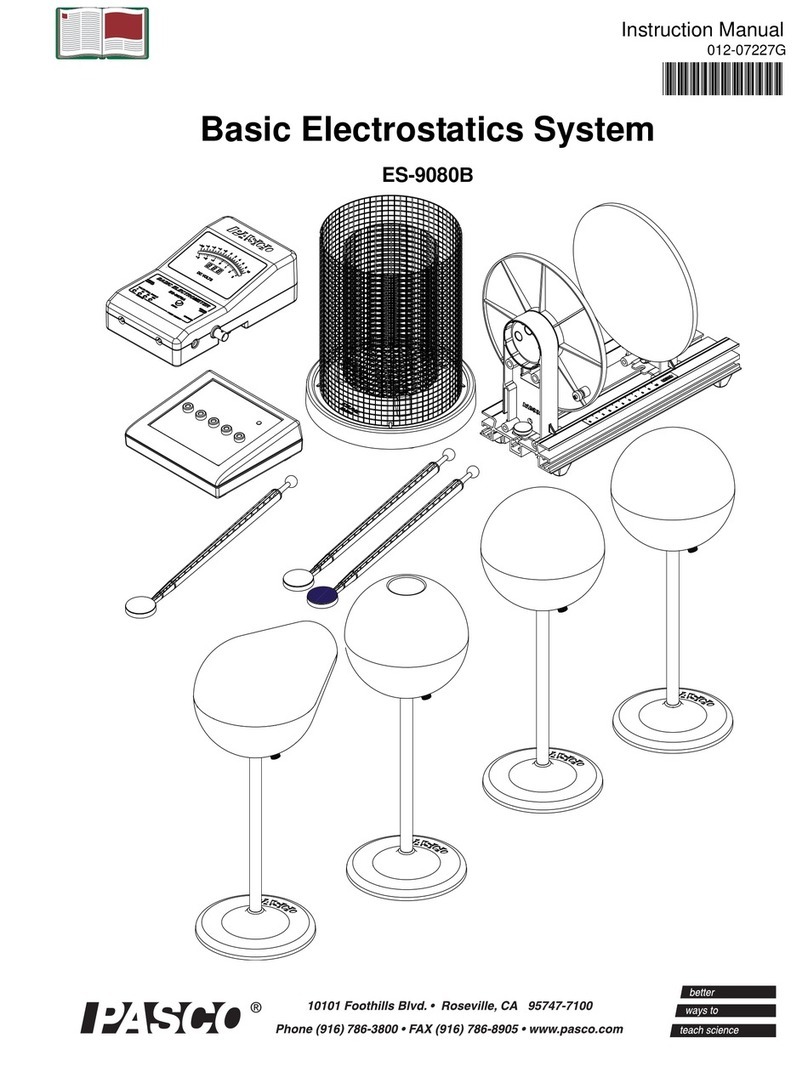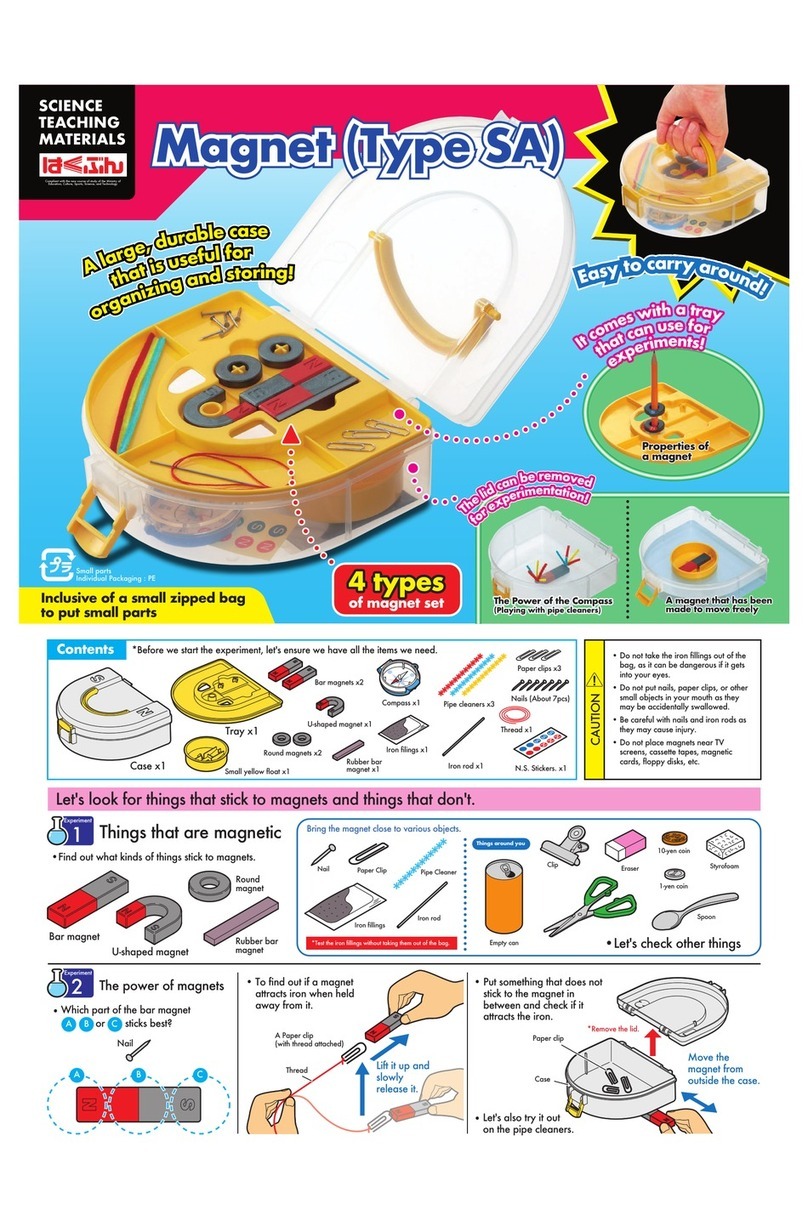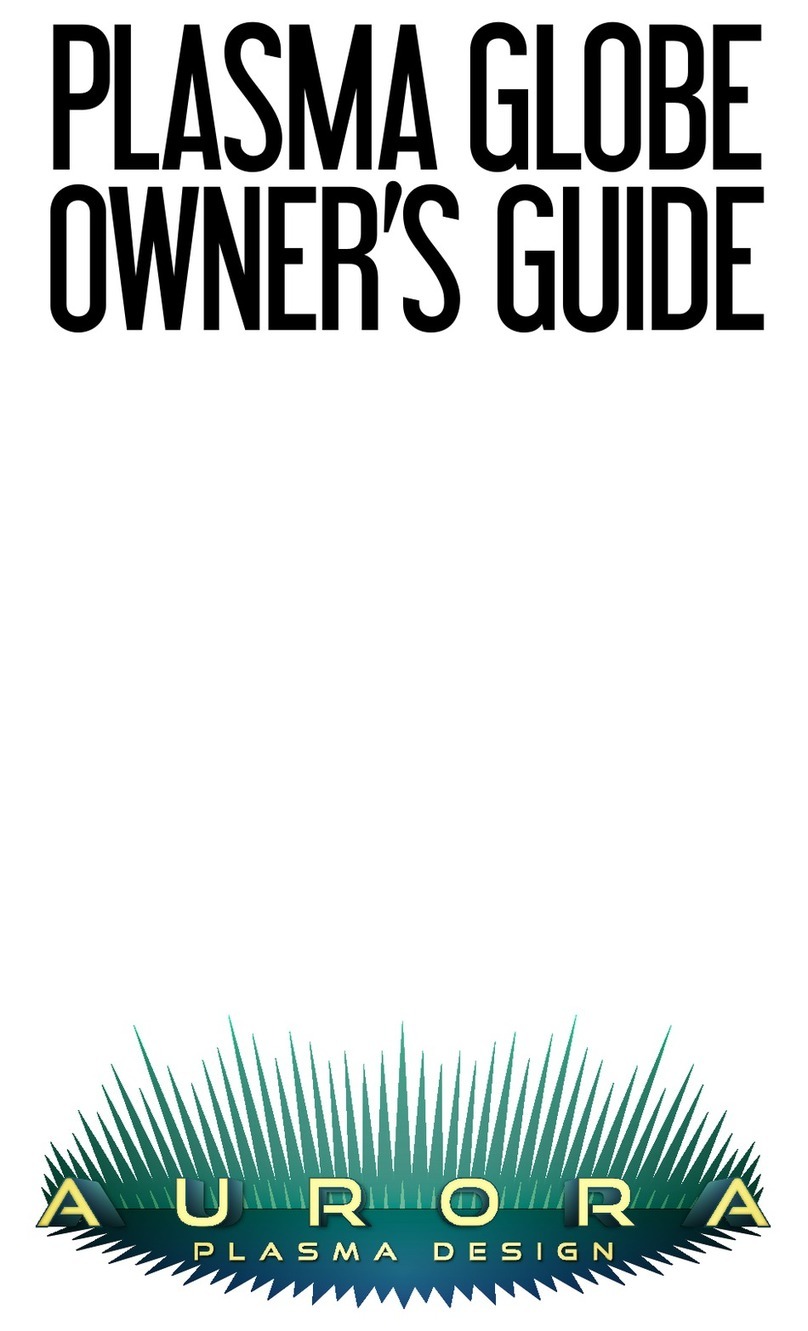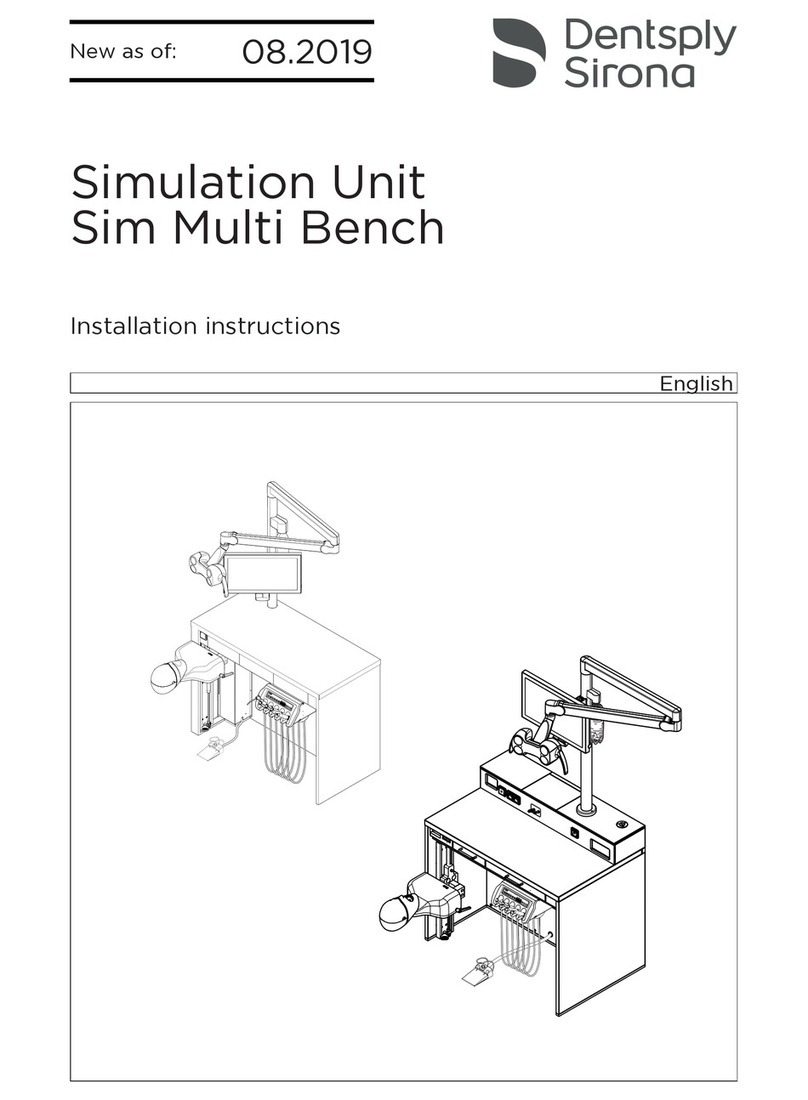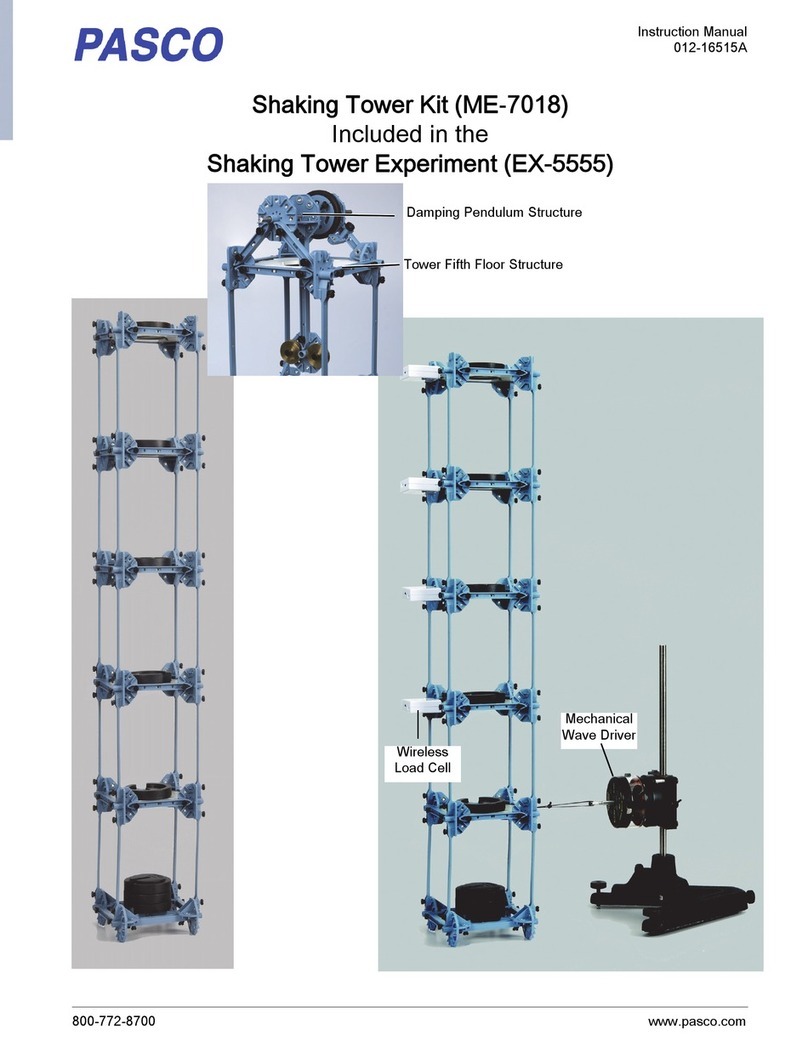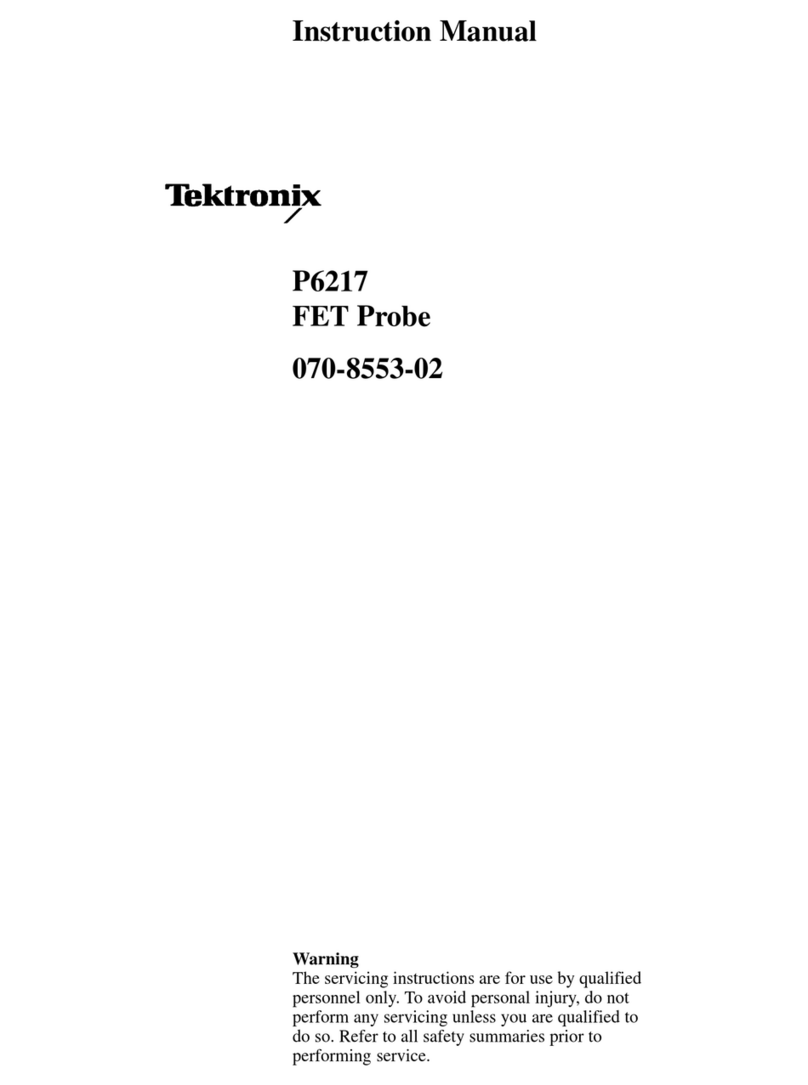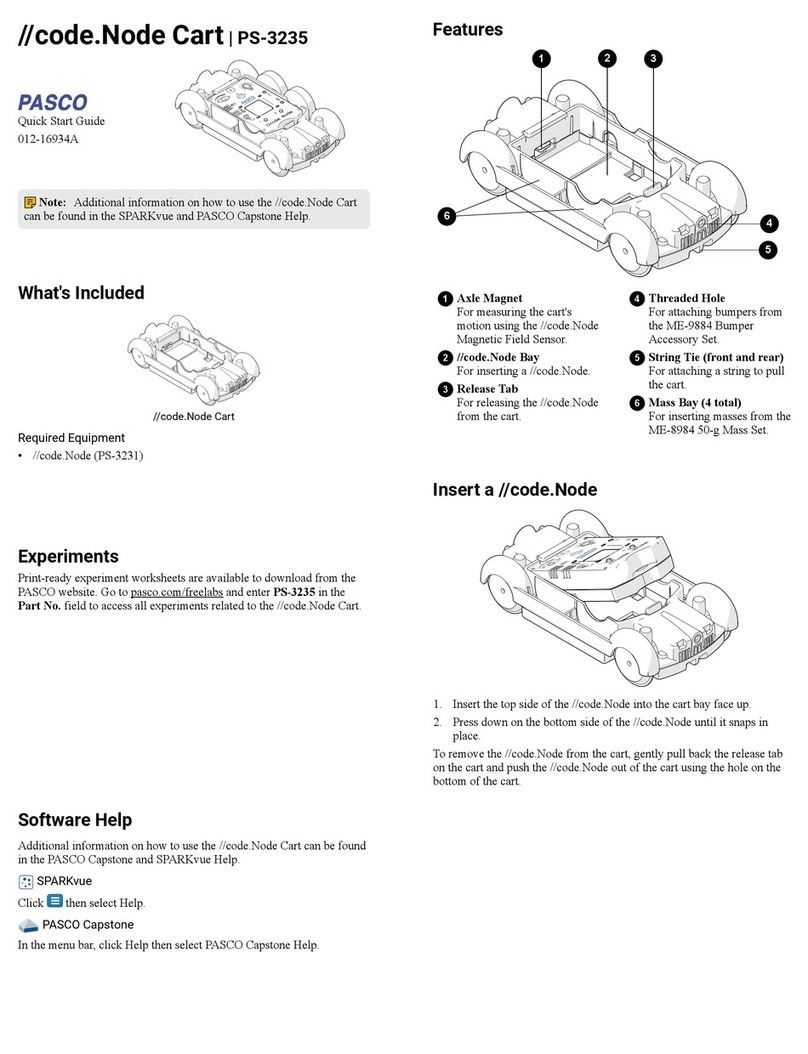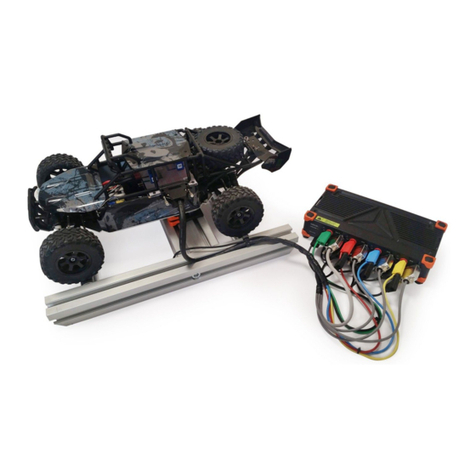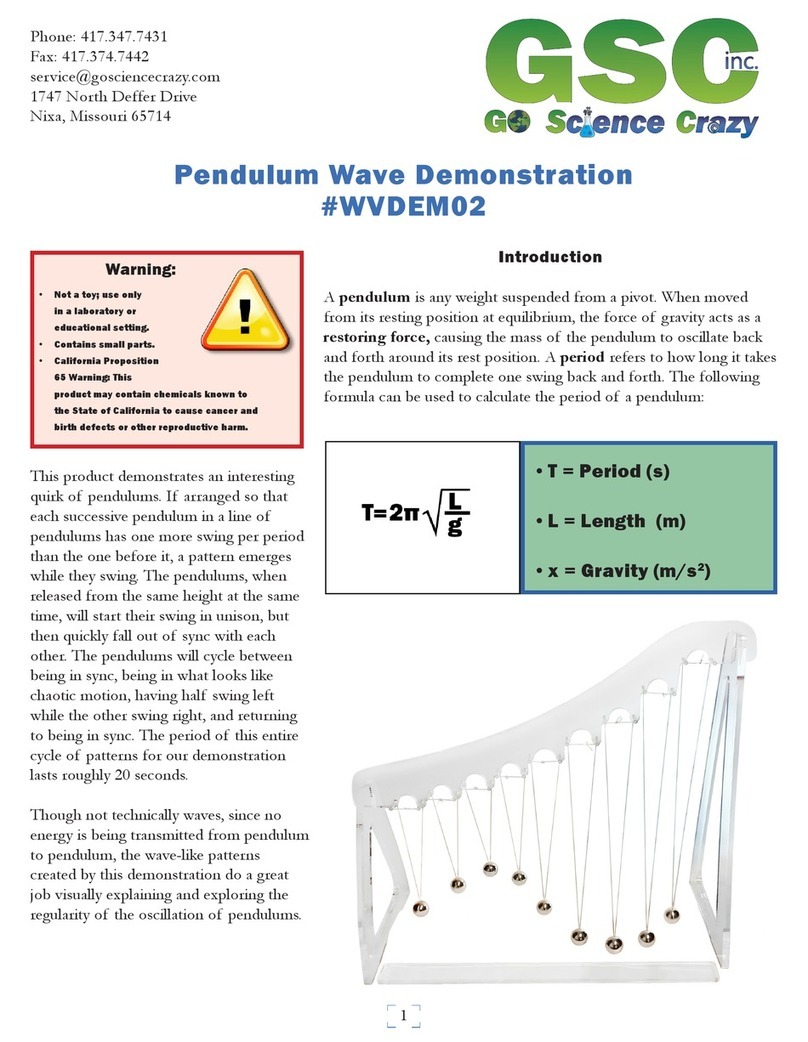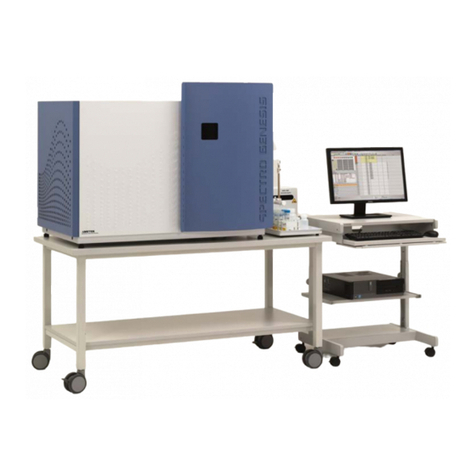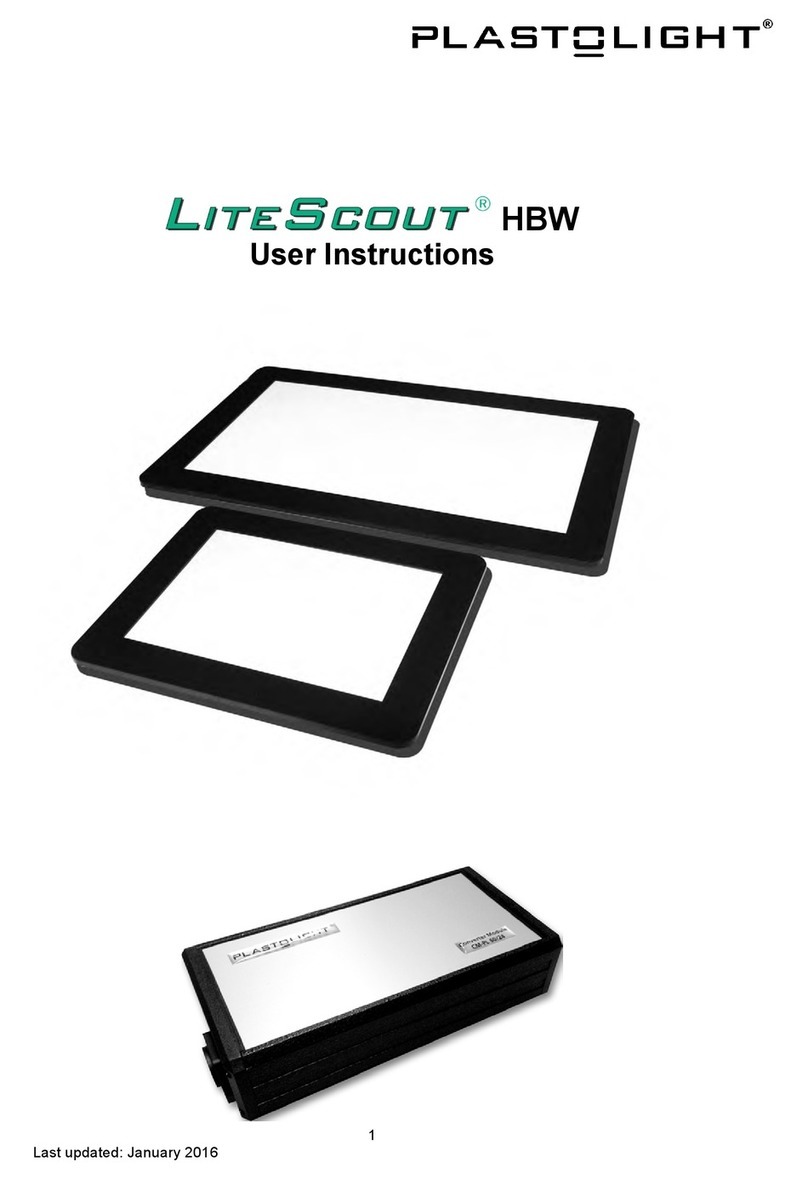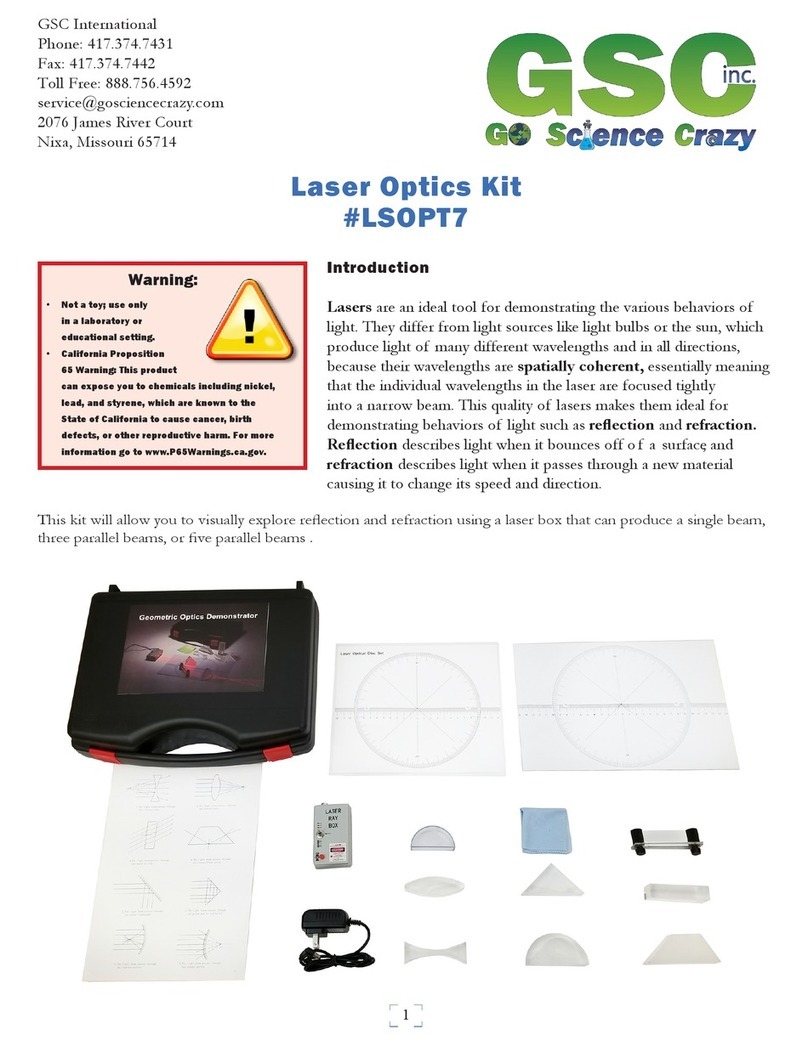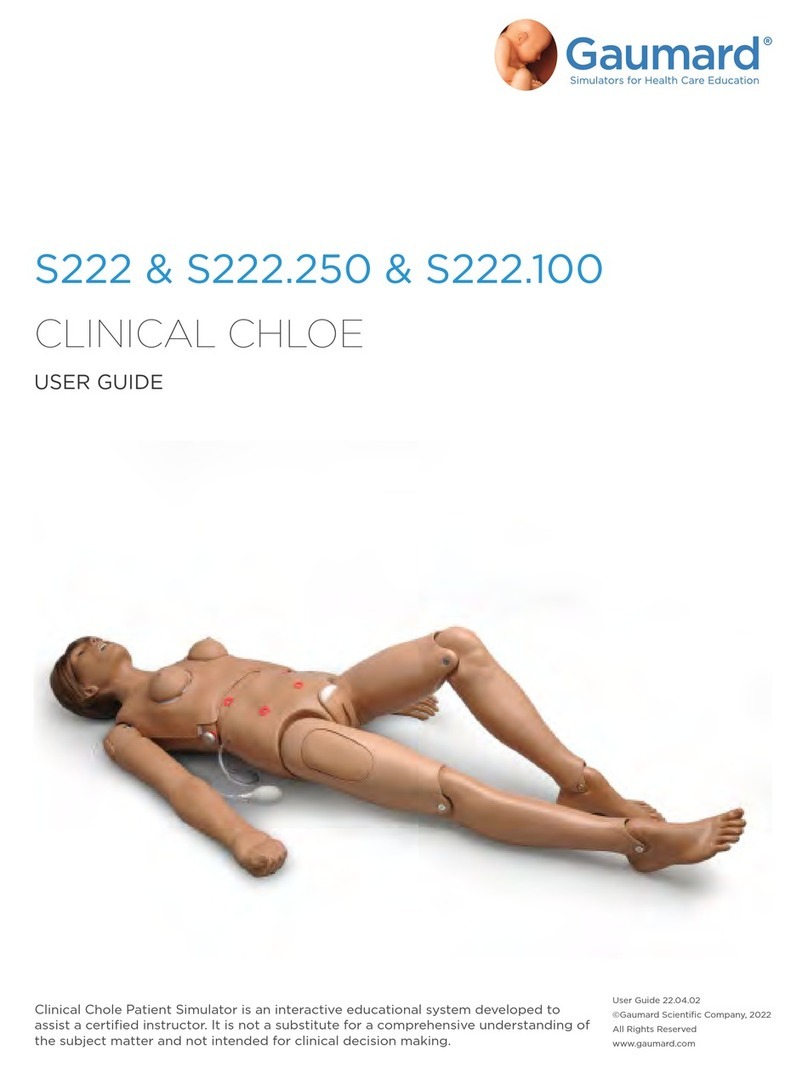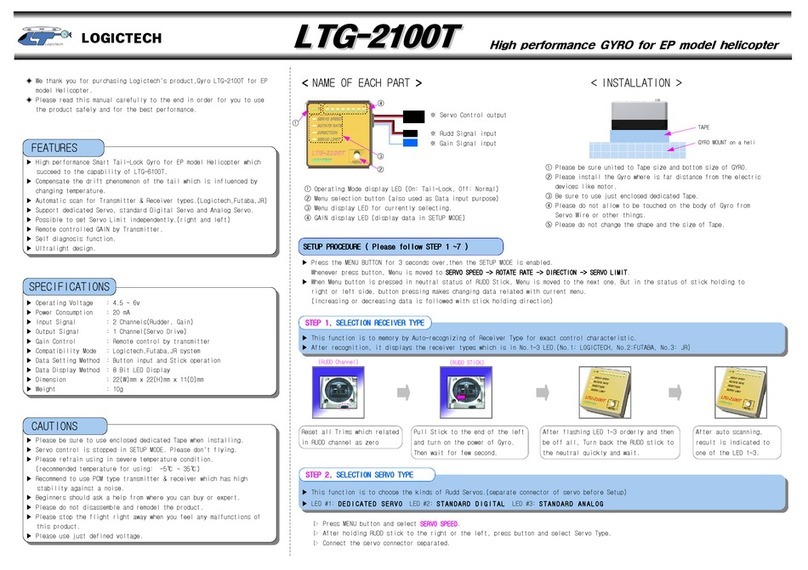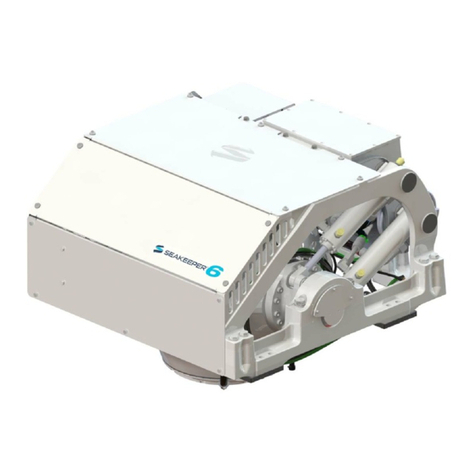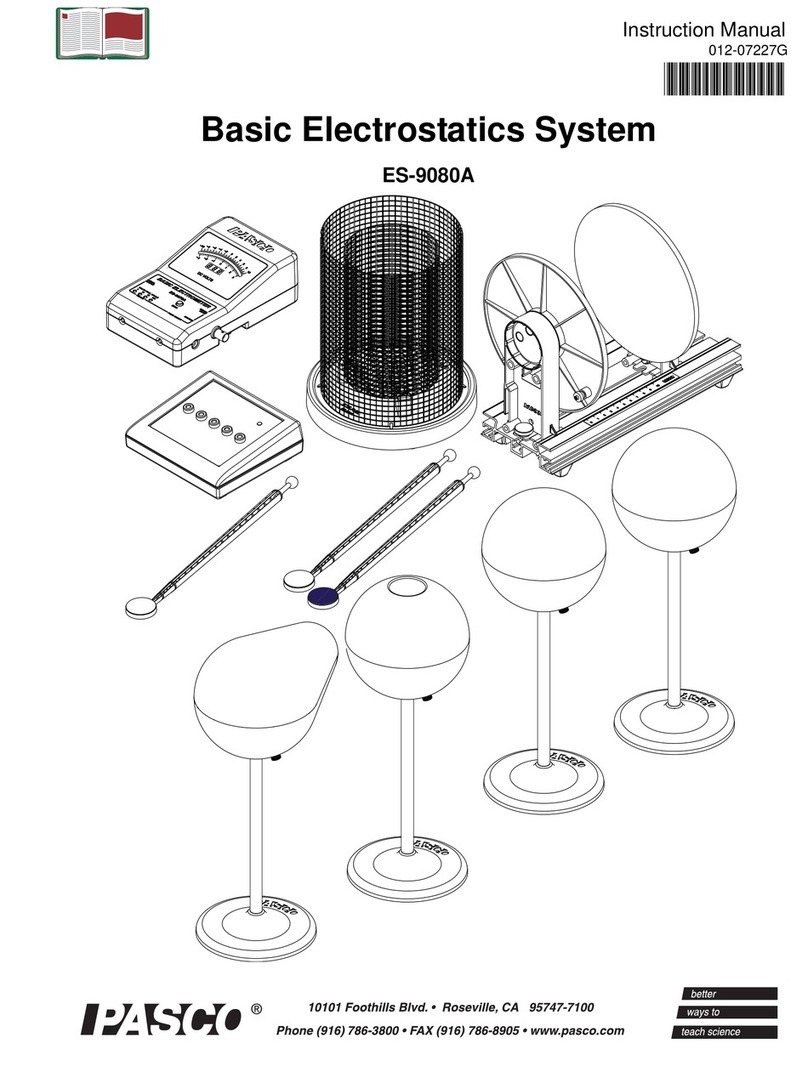
1
Handling and Safety Precautions
These precautions should be strictly observed in order to ensure safe,
long-term use of the product.
The following precautions should be observed particularly strictly:
○ About “EGD Simulator LM-103”
1. This simulator is made of specialized silicone rubber, which achieves a similar texture as the
human body, and may break when inappropriate force is used. Please handle it with the same
care as when handling human beings.
2. Every time before this simulator is used, apply an adequate amount of endoscopic lubricating
jelly in stock to the inside of the simulator. Please refer to P.7 “3-1 Application of lubricating
jelly” for further details. When adequate lubricating jelly is not applied, the endoscope may
become stuck inside the simulator, causing damage.
3. Do not place anything directly on the body of the simulator, because the simulator may
become deformed.
4. Please refrain from using organic solvents such as thinners or benzene, since the simulator
may be deformed and the color may fade.
5. Do not use oil-based ink or paint, because these will soak into the simulator and cannot be
deleted.
6. When transporting the simulator in the black case, close all the clasps.
7. This product is intended for use in standard operating environments. Do not use it in heavy
industrial settings.
8. This model uses urethane foam for some of its parts, and may be susceptible to damage from
pests that are attracted to urethane foam (such as insects in the ant family).
When storing this model, ensure that thorough measures are taken to prevent pest damage
before storing. The company will not be involved with or held liable for pest damage that
occurs during storage.
Options sold separately
○ Concerning the “Simulated polyp (for polypectomy) LM-103A”
1. Please take care to follow the directions below so as to avoid mold growth or degeneration of the
Simulated Polyp.
1-1. Please avoid storing the Simulated Polyp (for polypectomy) at a location with direct sunlight or a
high temperature and always store in a refrigerator (between 2 and 10ºC, do not freeze). If it is stored
at a temperature of over 30ºC, it may change in shape or degrade, rendering it unusable.
